Until today, when time and the vicissitudes of life have eroded many values, the presence of ancient pagodas, temples, shrines, stone steles... on the background of a picturesque landscape is still enough to paint a unique, historical and cultural landscape at the foot of Chieu Bach mountain (now in Yen Son commune, Ha Trung).
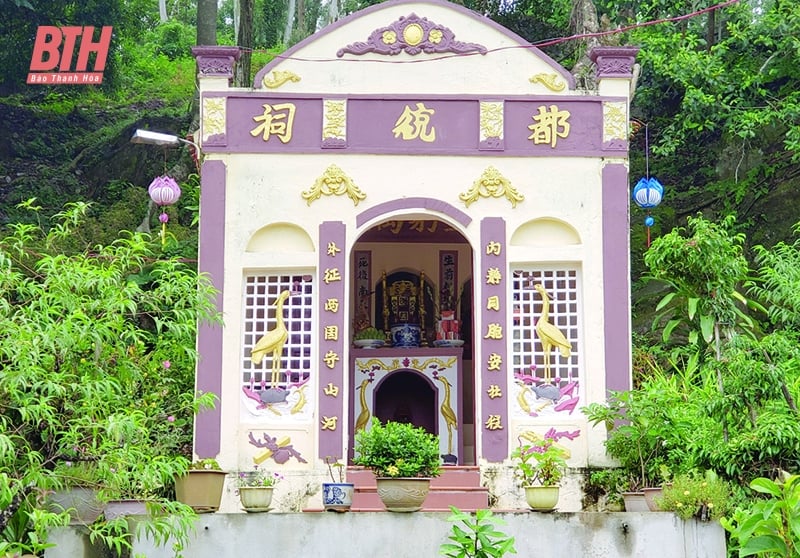
Chieu Bach Mountain, seen from afar, looks like a swallow bird, so it has another name, Yen Son, belonging to Binh Lam village (ancient name is Hoa Lam), Yen Son commune. The village is in a very special position when Len River and Chieu Bach River pass through, reflecting the mountains of moderate height, covered with green leaves. It is known that in the past, Hoa Lam land had up to 20 mountains of soil and rock. Of which, the "main mountain" on Hoa Lam land is Chieu Bach Mountain with thousands of lush trees, clear water and mountains... Present on the background of that charming natural landscape is a unique and diverse relic area such as: Le Phung Hieu Temple, Cao Son Temple, Nguyen That Ly Temple, Ba Chua Temple, Phuc Communal House, ancient pagodas, stone steles... Mountains - rivers are romantic, peaceful villages, rich cultural - spiritual life, Binh Lam is truly a romantic place, inviting talented people and guests.
Come to Binh Lam, to the foot of Chieu Bach mountain, to visit the typical relics and to understand more about the historical and cultural source of the village and commune here. The old river flowing near the foot of the mountain no longer exists; some relics are also just the past. At the foot of Chieu Bach mountain today, the relics still exist such as: Phuc communal house, Binh Lam pagoda (Chieu Bach), the temple of General Le Phung Hieu, stone stele with poems... are witnesses of history, whispering stories about the land and people of Binh Lam to visitors from all over.
In the shadow of the mountain, ancient stone steles tell the story of the Le kings who once set foot on this land, because of their admiration for a famous scenic area, they wrote poems. That was the year of Tan Dau (1501), the fourth year of Canh Thong, King Le Hien Tong returned from the capital Thang Long to visit his ancestral land, after paying respects at the mausoleum, he passed by and stopped to enjoy the scenery of Chieu Bach mountains and rivers. Thirteen years later, also on a spring day, King Le Tuong Duc moored his dragon boat, stopped at Chieu Bach to enjoy the scenery and write poems. The words engraved on the stone, preserving for hundreds of years the prestige and pride: "...The spring light moves in the vast blue sky/ The high, deserted rocks play with the rolling water/ The country of Quynh looks forward with a longing gaze/ The jade lake gracefully sings with the voice of a person/ The mountains are like brocade, the poems are forever joyful/ The way is separated from the mortal world, the way is wonderful...".
While the stone stele tells the story of the ancients visiting the landscape and composing poems, the Phuc communal house has remained humble for generations, quietly watching the movements of the Len River in front. The village elders said: The communal house was built during the Nguyen Dynasty, with a Dinh-shaped structure consisting of a 5-room, 2-wing front house and a 3-room rear house. The communal house has undergone many renovations and embellishments but still retains its traditional architecture. The age of the communal house is the same as the time that goes along with the history of the formation and development of Binh Lam village in particular, and Ha Trung district in general. Phuc communal house is the place that marks many typical revolutionary events of the village, commune and Ha Trung district. In 1945, during the General Uprising to seize power for the People, Phuc communal house was the place that witnessed the event where Ha Trung district chief - Ta Quang De handed over all the seals and documents to the provisional revolutionary government. Up to now, the communal house still performs its function well as a place for villagers to meet, discuss common affairs, participate in cultural and artistic activities and worship the village's tutelary god... Therefore, through many ups and downs, the image of the banyan tree, the ferry, and the communal house yard are always important and indispensable pieces to paint a picture of the village with deep nostalgia and memories.
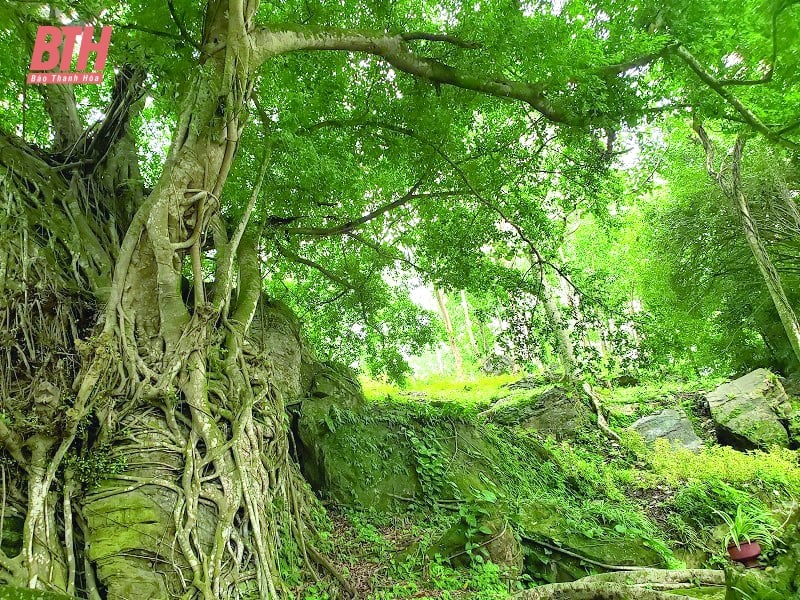
The cycle of time and the changes of the times have caused many values to be lost. But time is also the clearest answer about the vitality of heritage, of historical and cultural values in spiritual life. For example, the story of the restoration and embellishment of Chieu Bach Pagoda and the temple of General Le Phung Hieu on this land of Binh Lam.
Chieu Bach Mountain, a place associated with the legend of the General Le Phung Hieu in his childhood. The story goes that Chieu Bach Mountain was the home of five fierce mother and child tigers, who specialized in disturbing the lives of the people. To make a living, the boy Le Phung Hieu crossed the river to the deep Hoa Lam forest every day to collect firewood. With a large, strong and unusually tall body, the boy Le Phung Hieu helped the villagers exterminate fierce tigers. Every time he fought a tiger and brought its body down the mountain, Le Phung Hieu asked for nothing but a full meal. As a glorious figure in our country's history, the whole life and career of the General Le Phung Hieu was devoted to the country and the people, making many achievements. For that reason, when he passed away, many places in Thanh Hoa province worshiped him to commemorate him, express admiration, respect, and deep gratitude.
At Chieu Bach mountain, the temple of General Le Phung Hieu (Chieu Bach mountain god temple, Thanh Bung temple) was built during the Ly dynasty, right after his death. During the Hoang Dinh dynasty, under King Le Kinh Tong, the court urged the restoration of the temple and handed it over to the local government and people to look after and worship. Previously, the temple had 5 front rooms and 2 back rooms, facing the Chieu Bach river. According to legend, in front of the temple there was a stone with a giant footprint nearly 2 meters long and 7 inches wide. To date, the old temple no longer exists. In 2006, a small worship space was restored at the foot of Chieu Bach mountain, right in the grounds of Chieu Bach pagoda. Although not as large and majestic as before, the presence of that space is a sacred connection between the past and the present, the sincerity of today's generations towards their roots, expressing gratitude for the merits of their ancestors.
The tranquility and elegance of the natural scenery of Chieu Bach Mountain soothes visitors' hearts. In the regret and sadness of what has been lost forever, the "revival" of relics such as Chieu Bach Pagoda, the place to worship General Le Phung Hieu, and the way generations of local people join hands to preserve and promote the value of relics and traditional historical and cultural elements have written a beautiful song.
Hoang Linh
Source: https://baothanhhoa.vn/duoi-chan-nui-chieu-bach-230685.htm



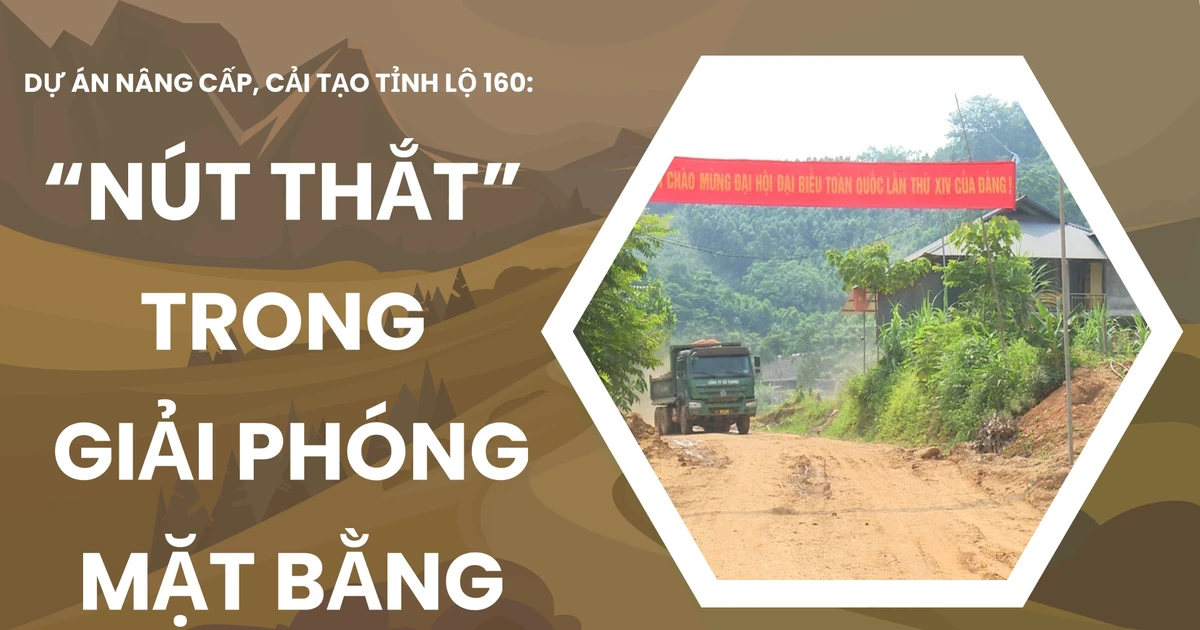
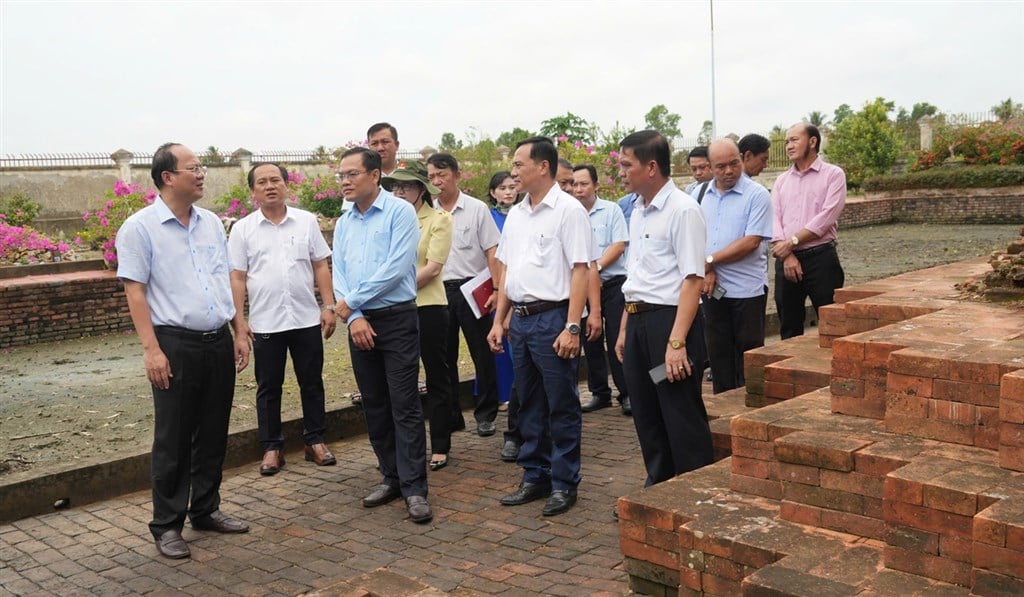
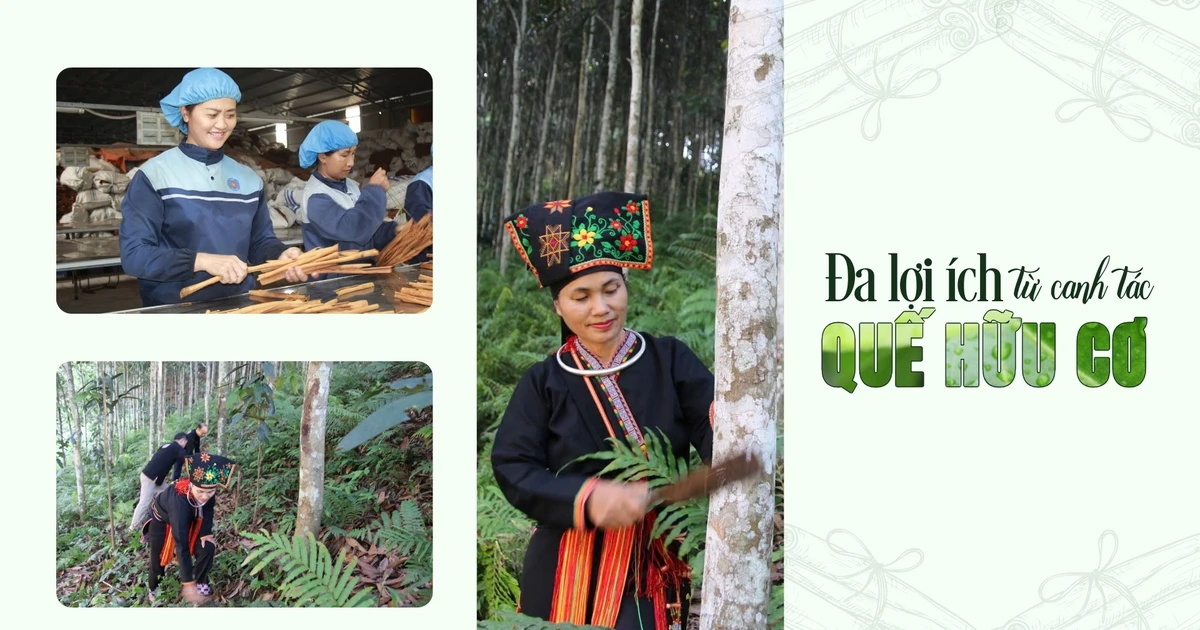
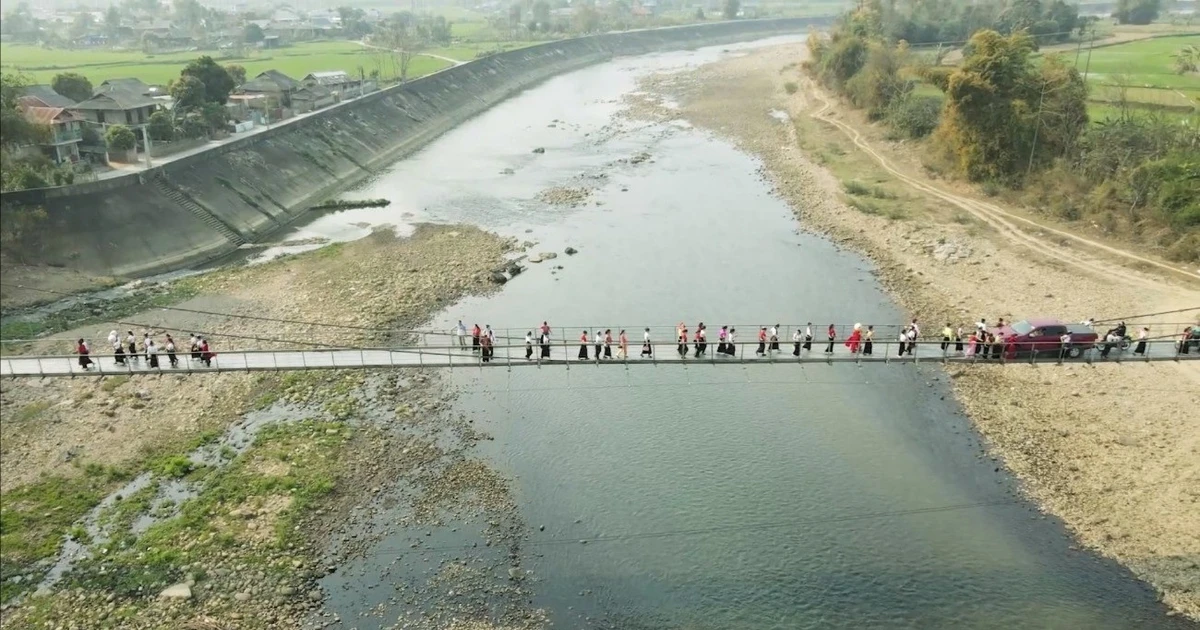
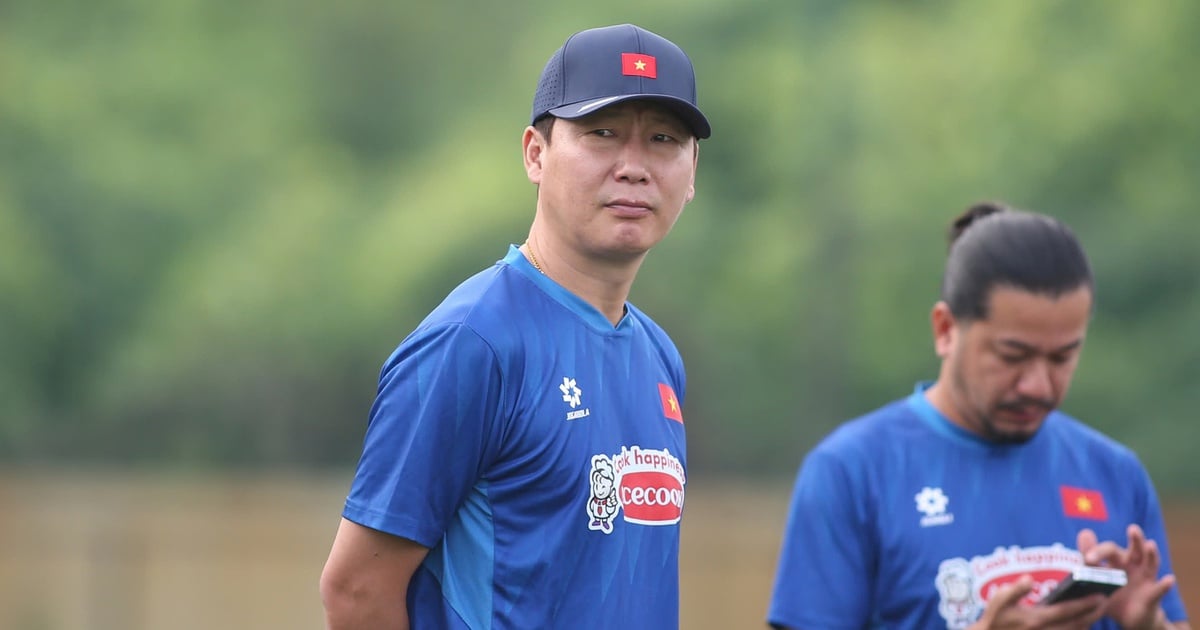

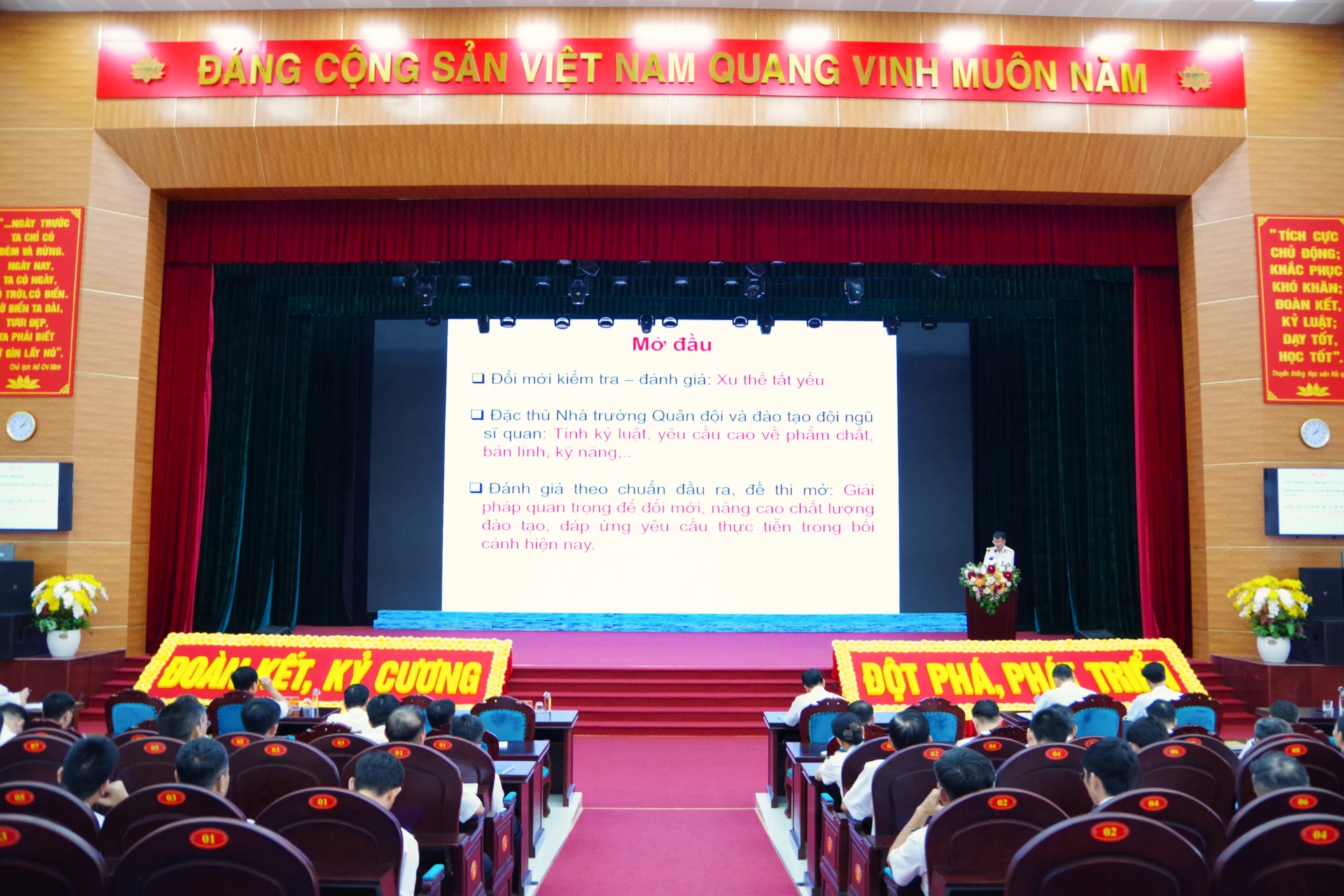




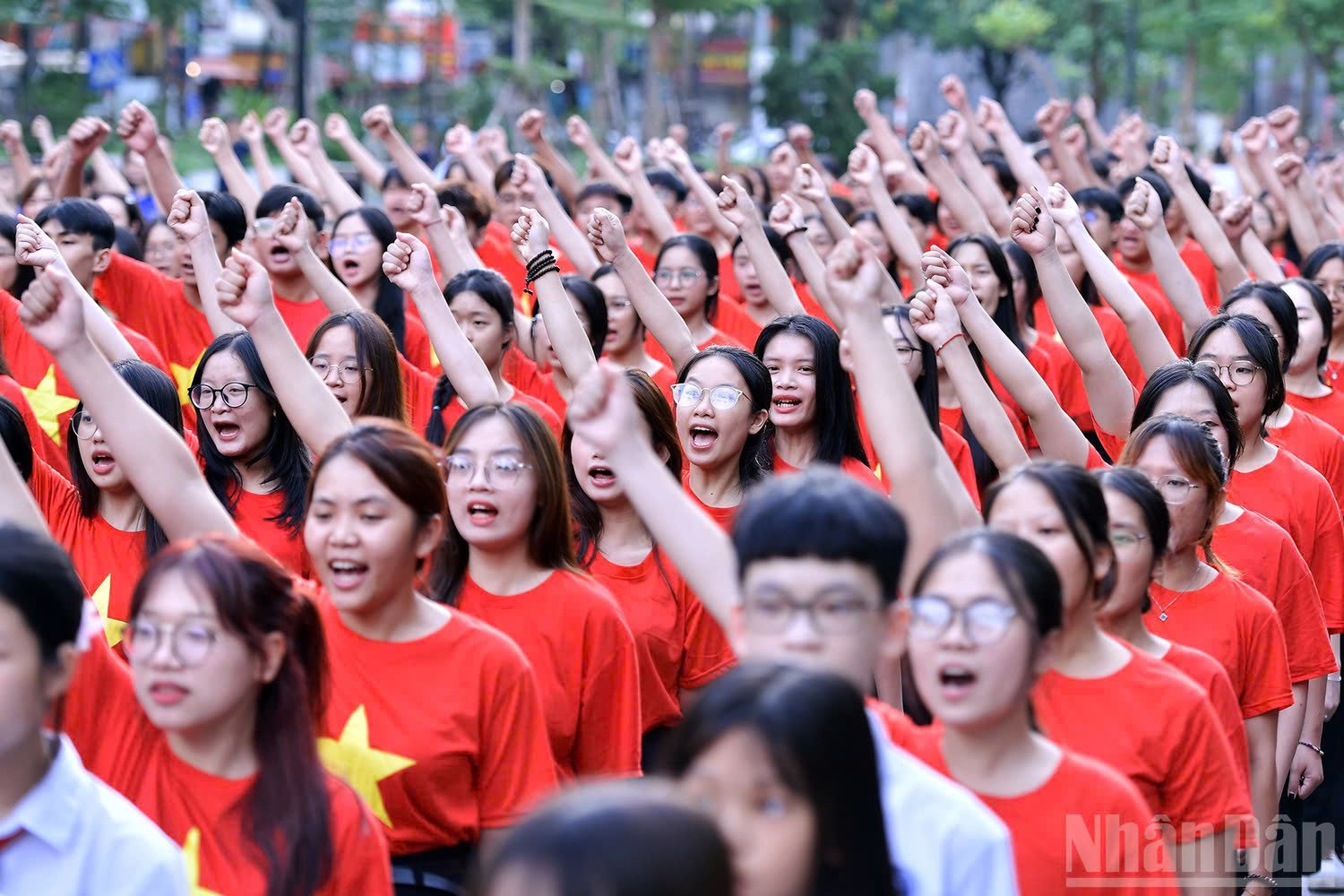

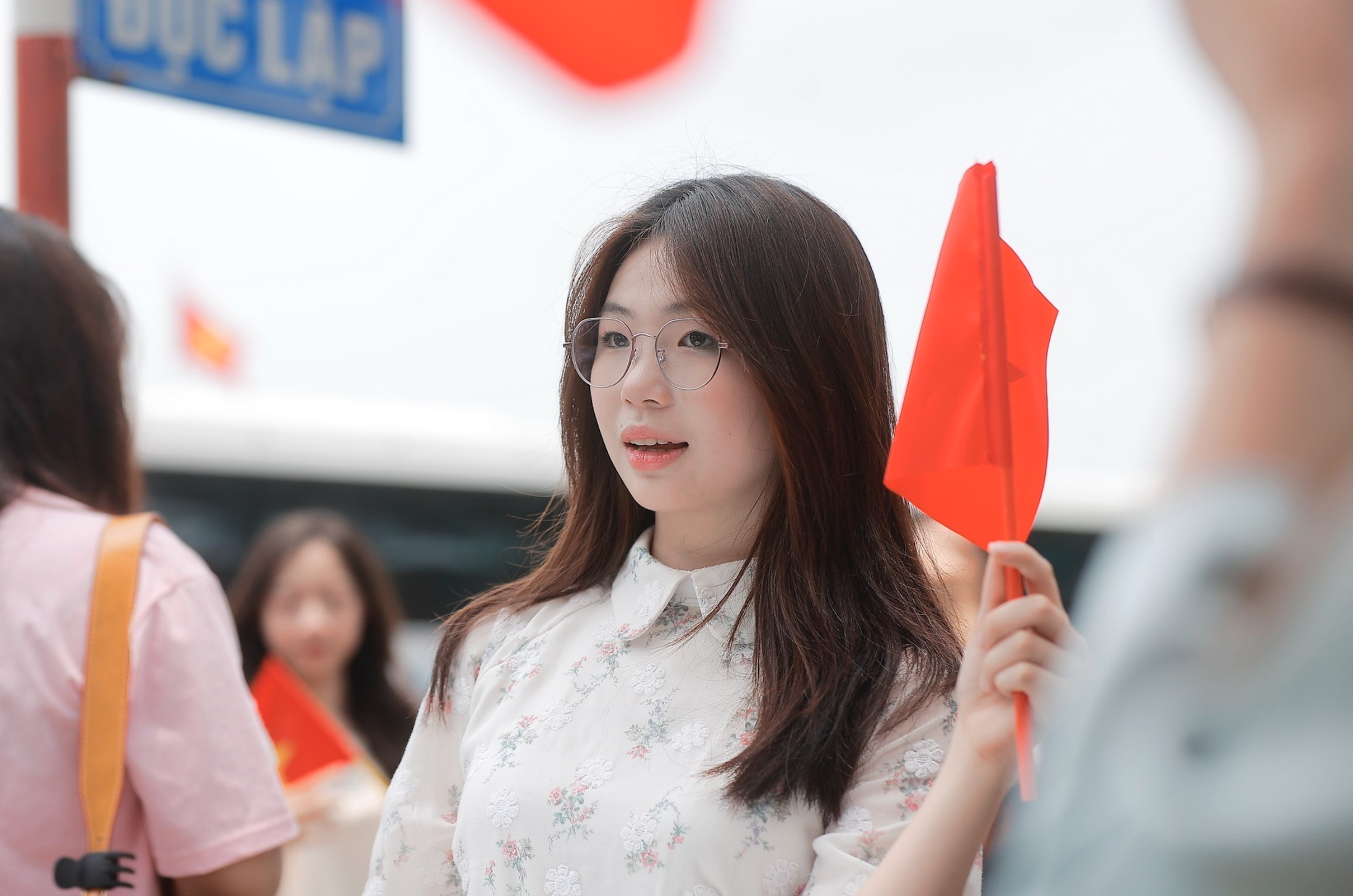
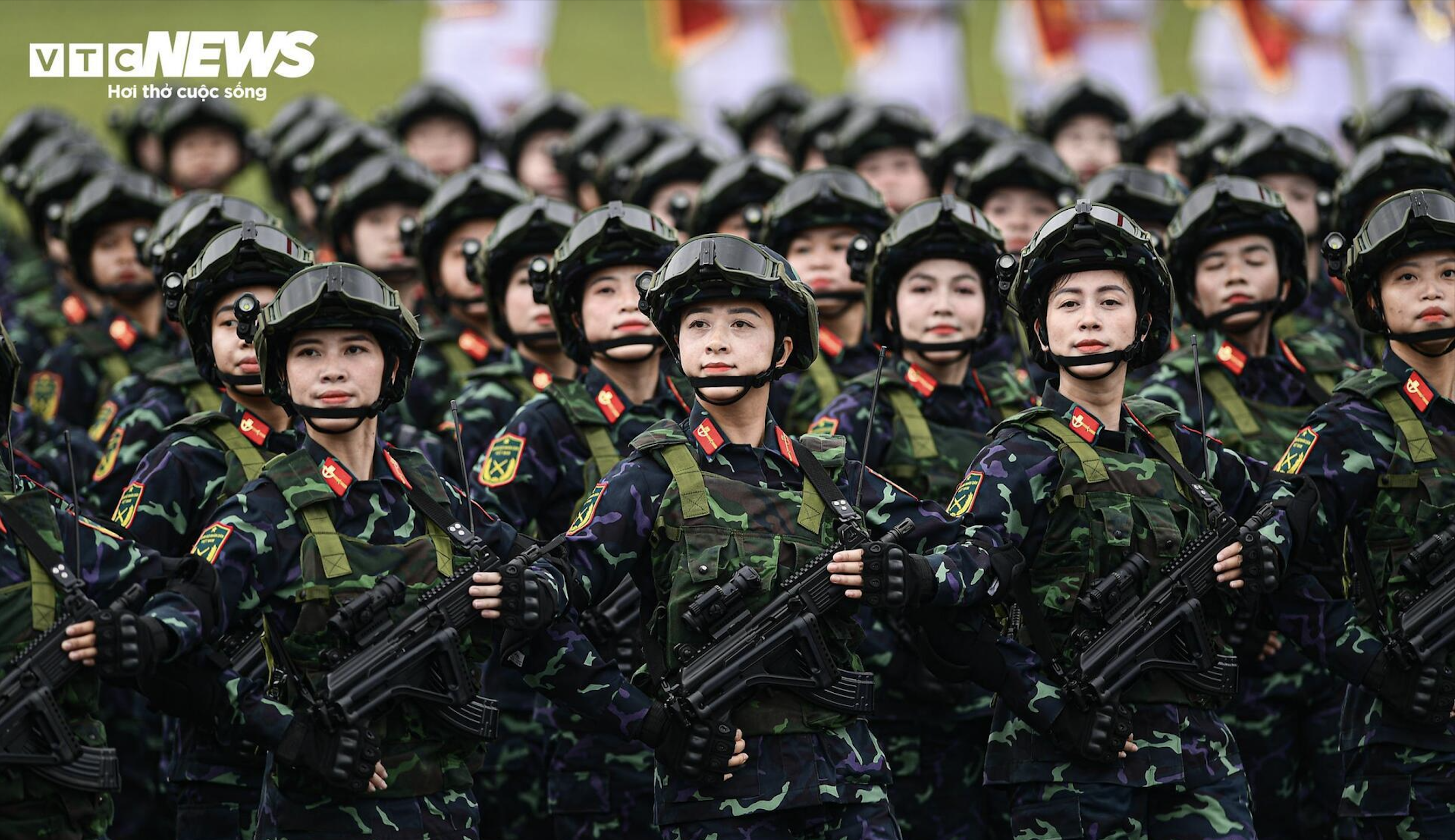
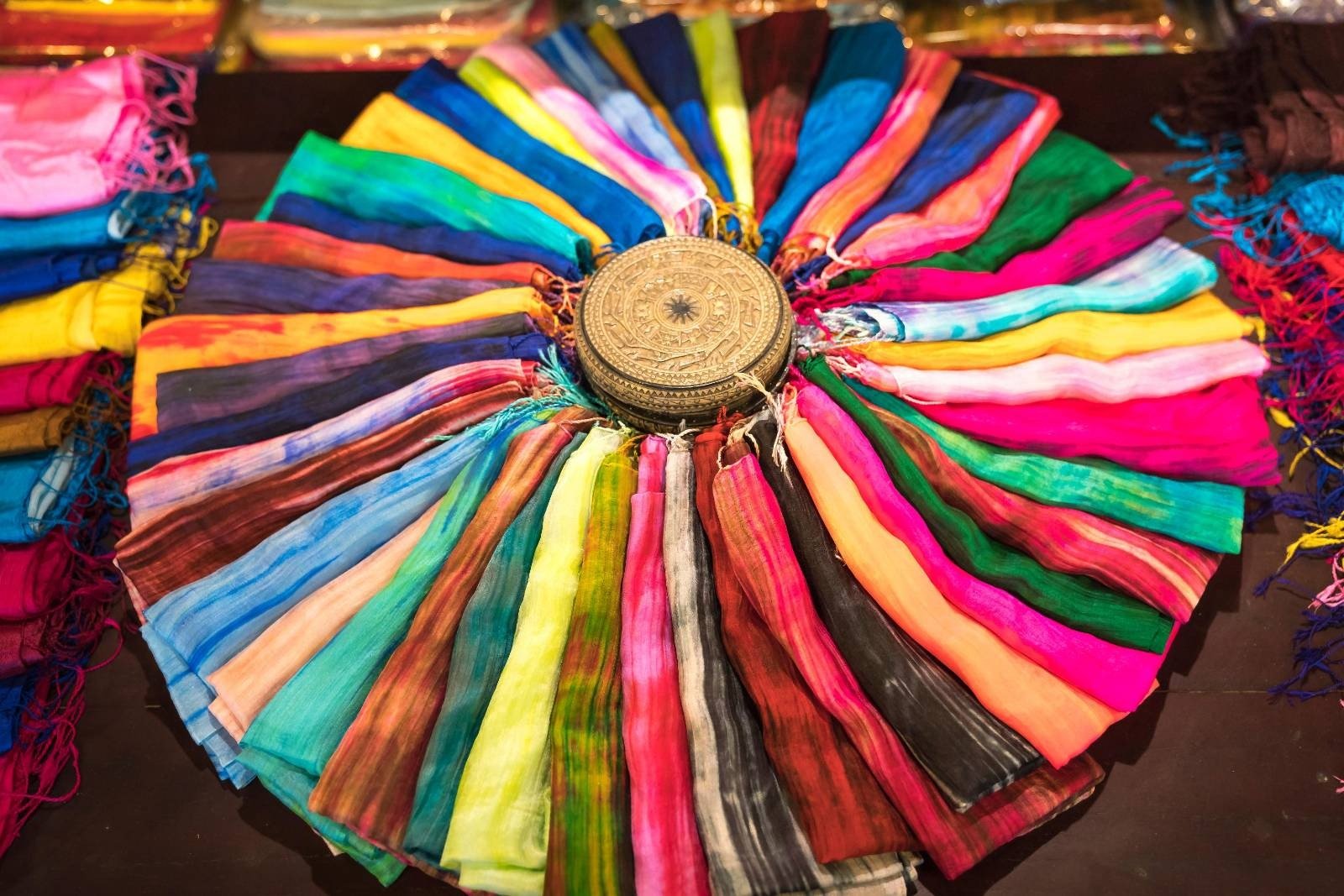
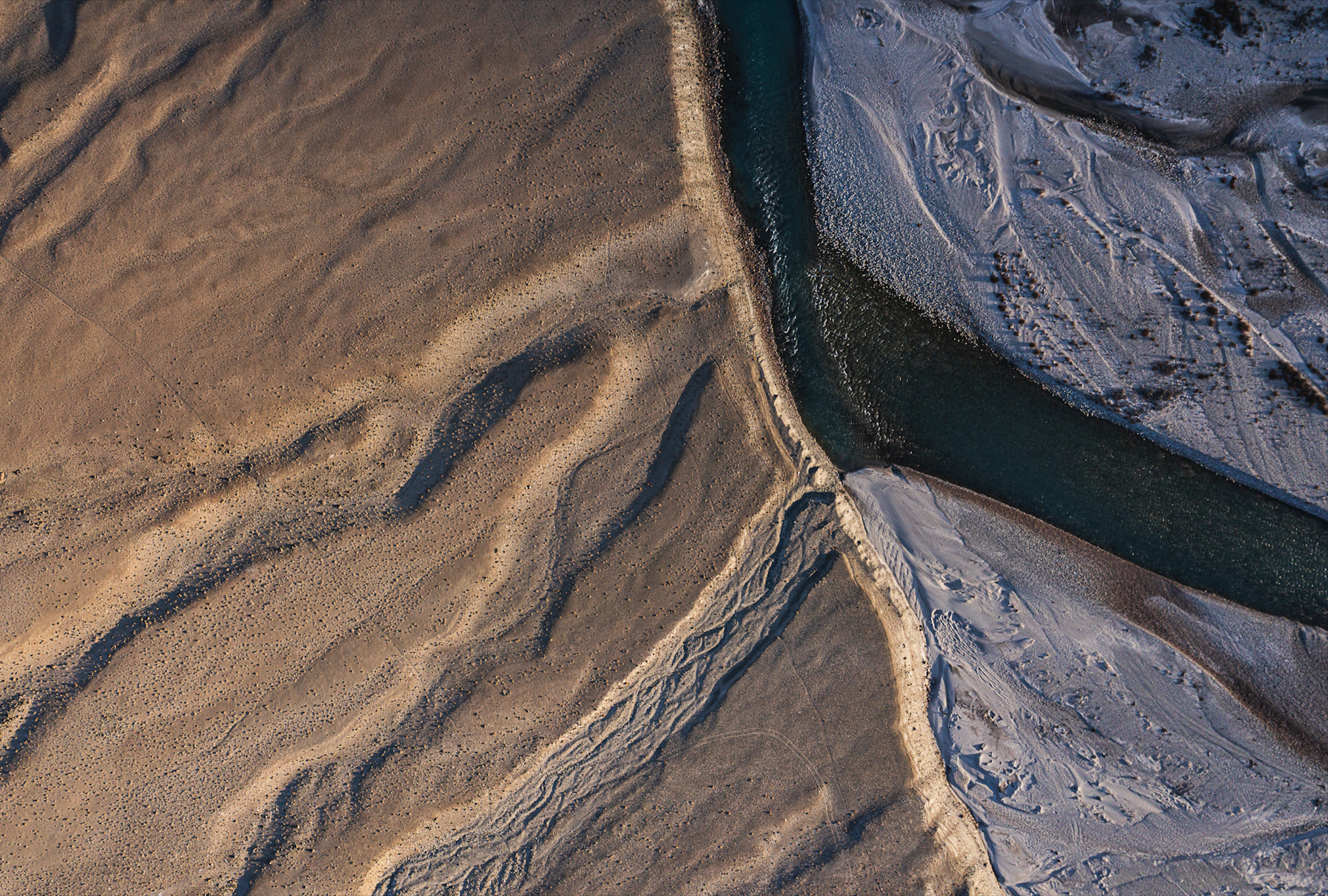

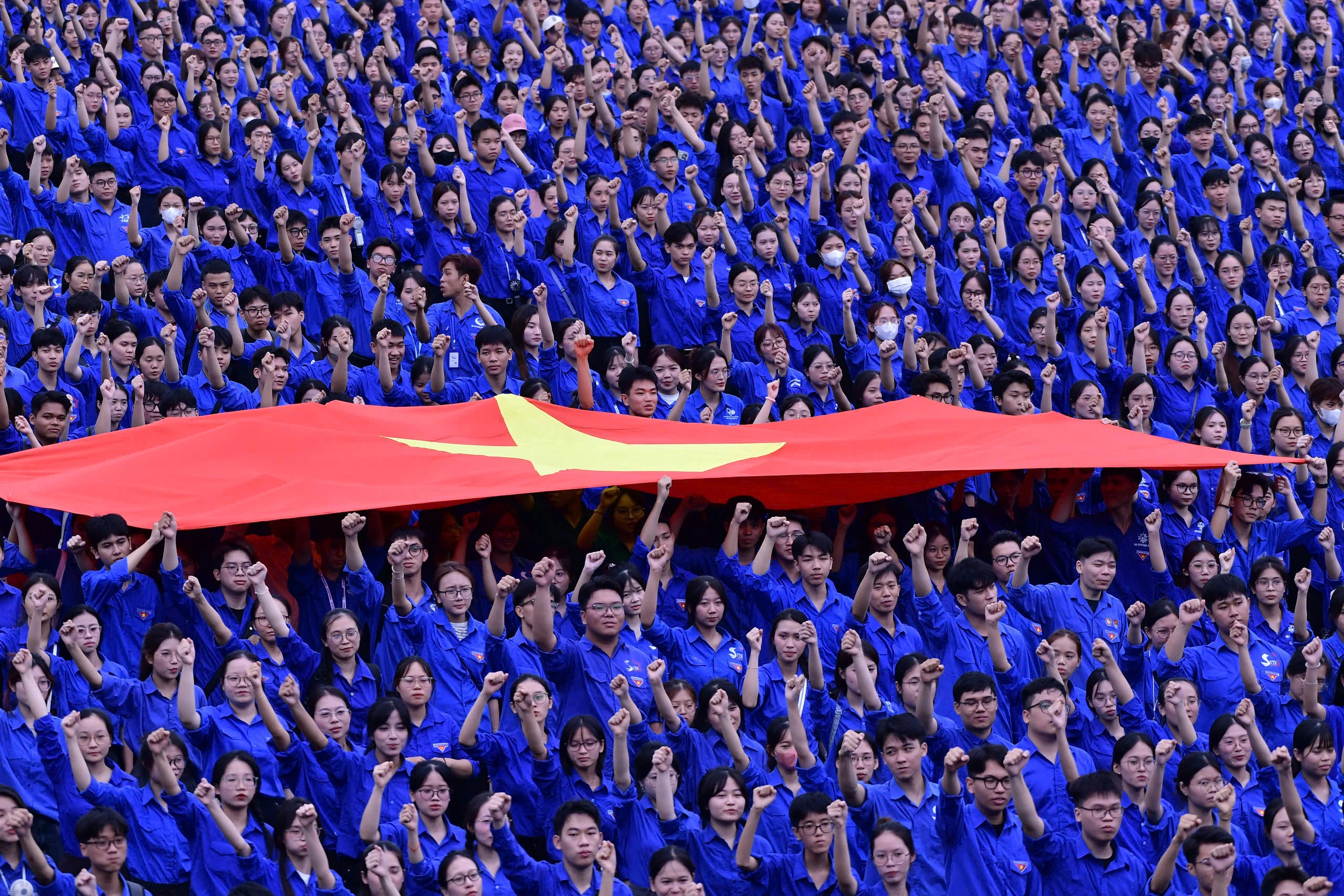

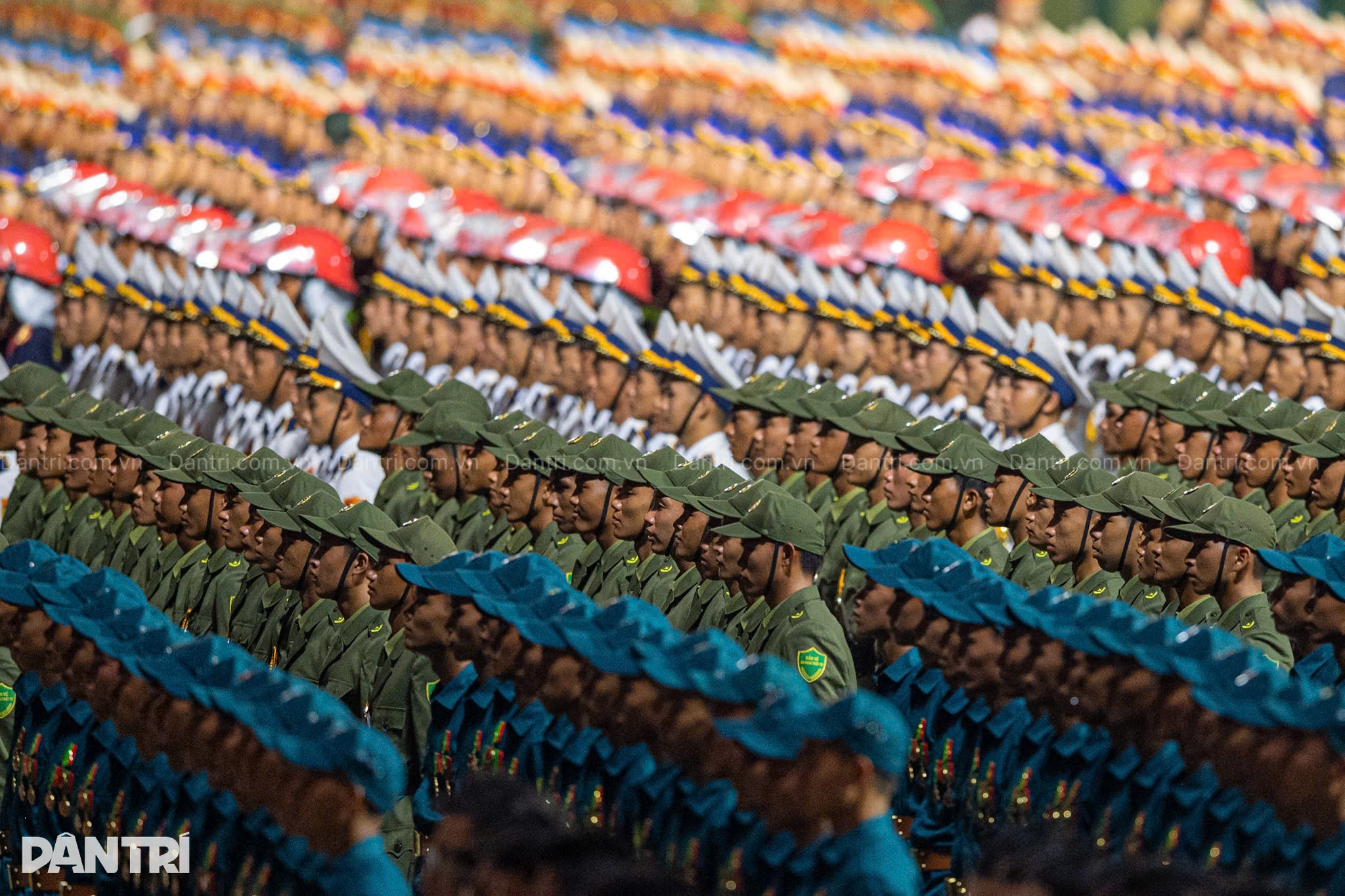
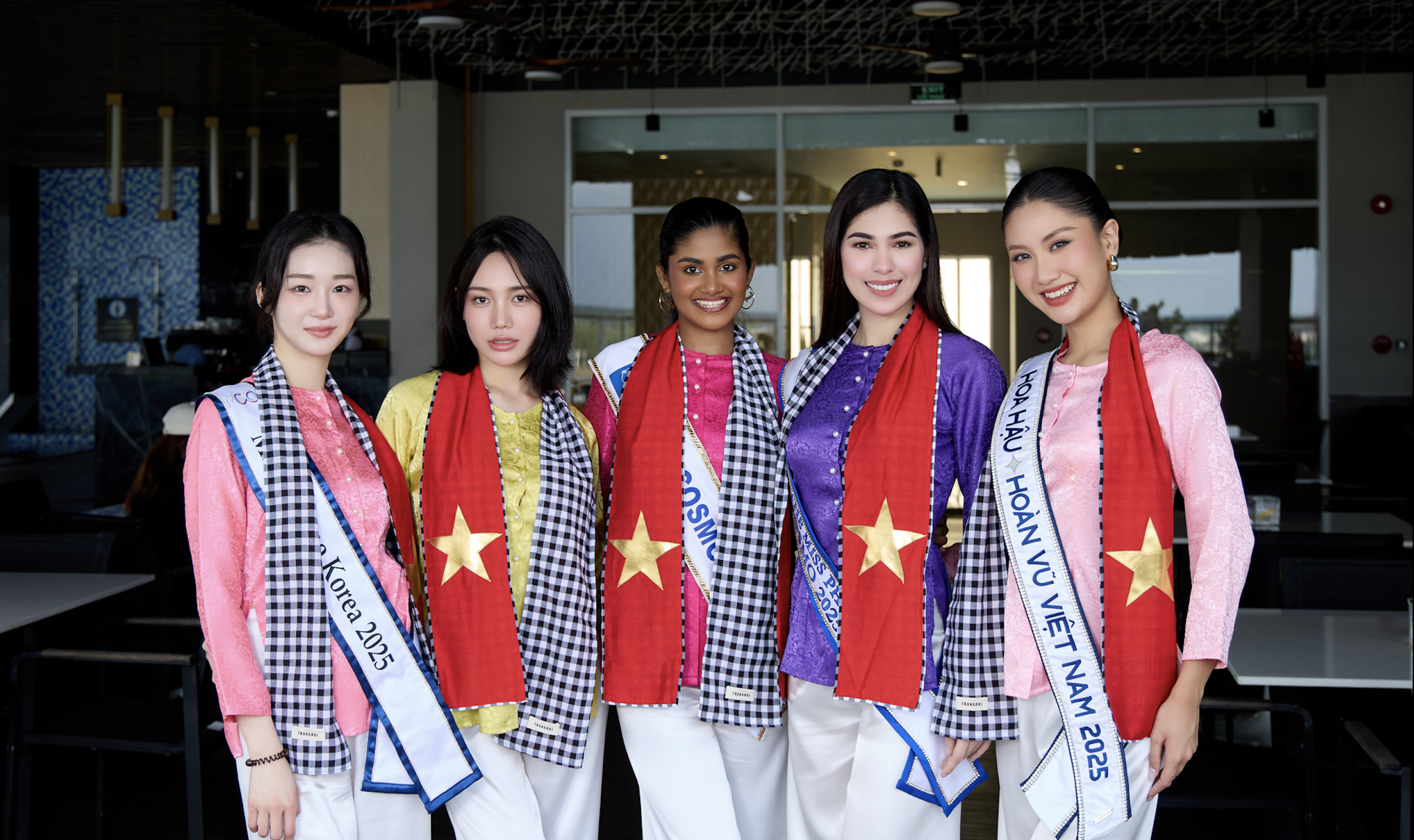
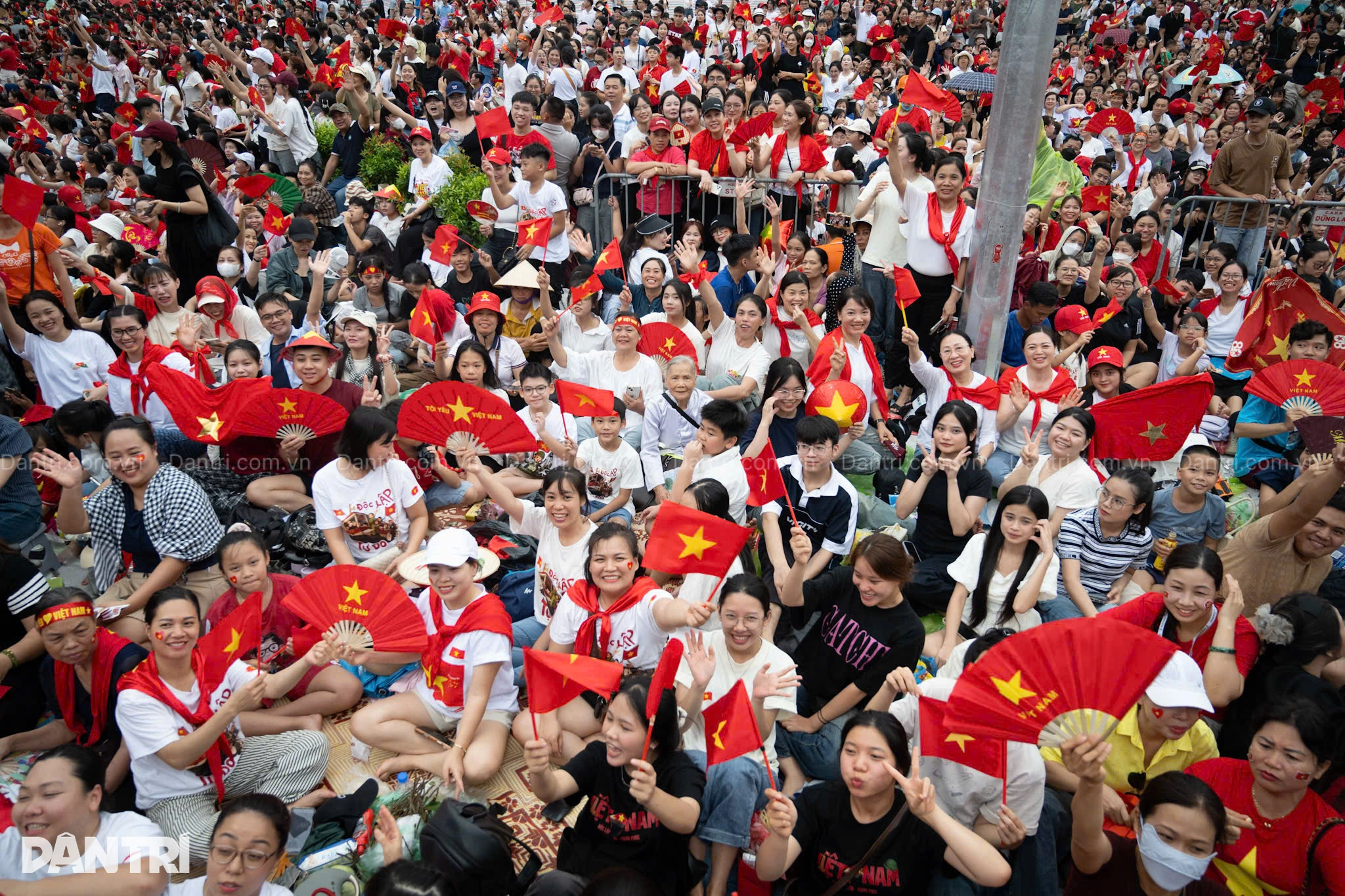
![[Photo] An Phu intersection project connecting Ho Chi Minh City-Long Thanh-Dau Giay expressway behind schedule](https://vstatic.vietnam.vn/vietnam/resource/IMAGE/2025/8/21/1ad80e9dd8944150bb72e6c49ecc7e08)


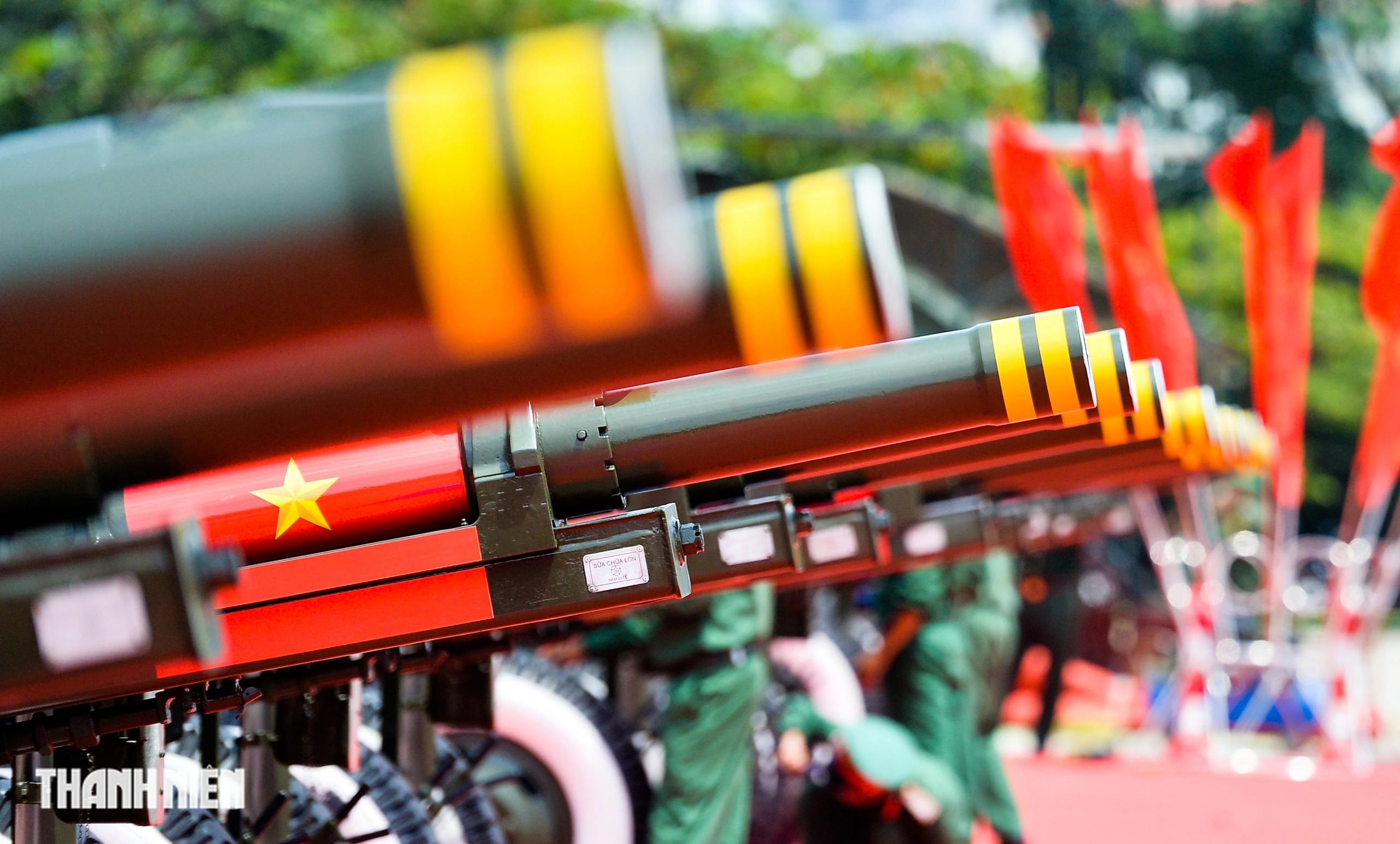
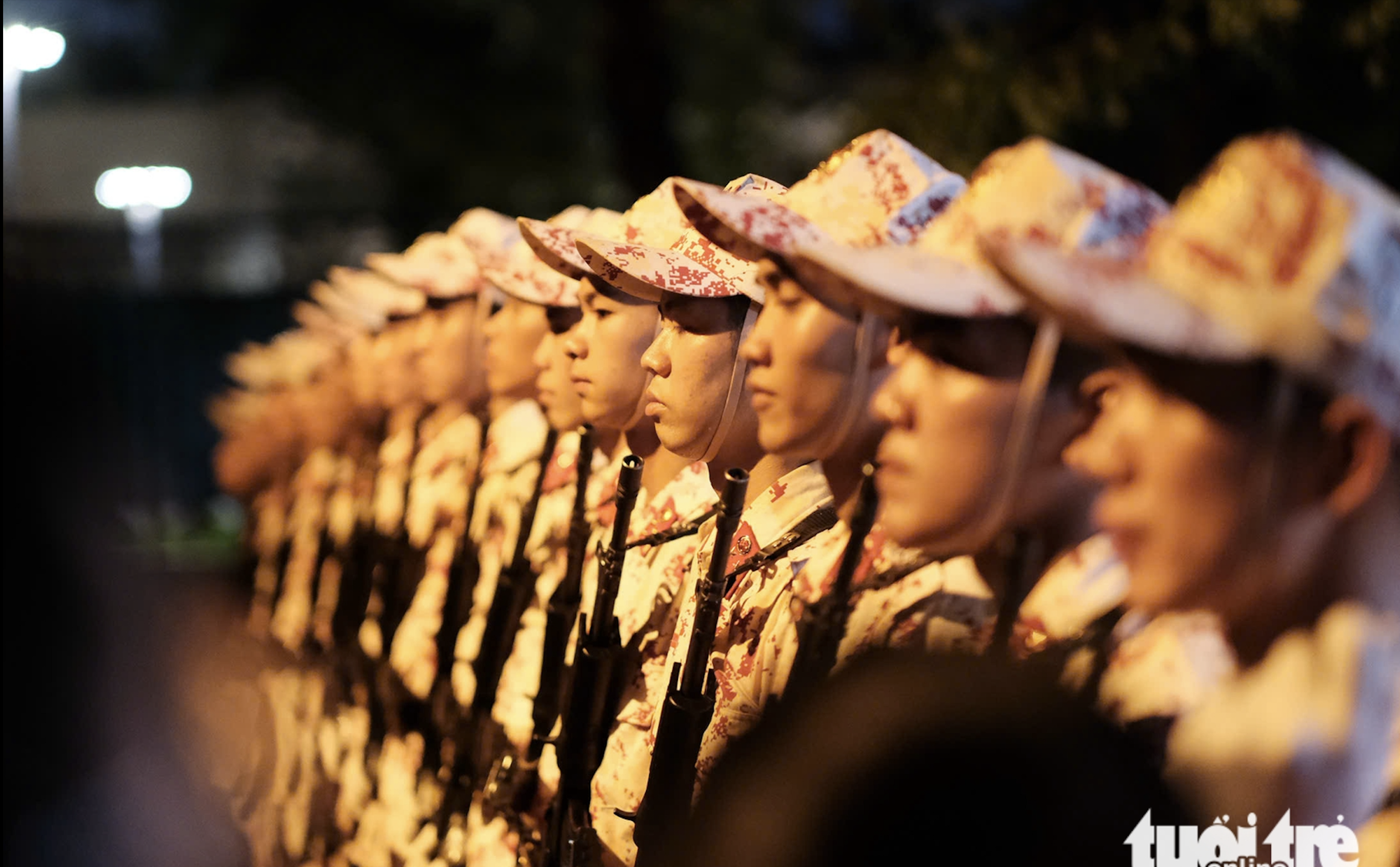

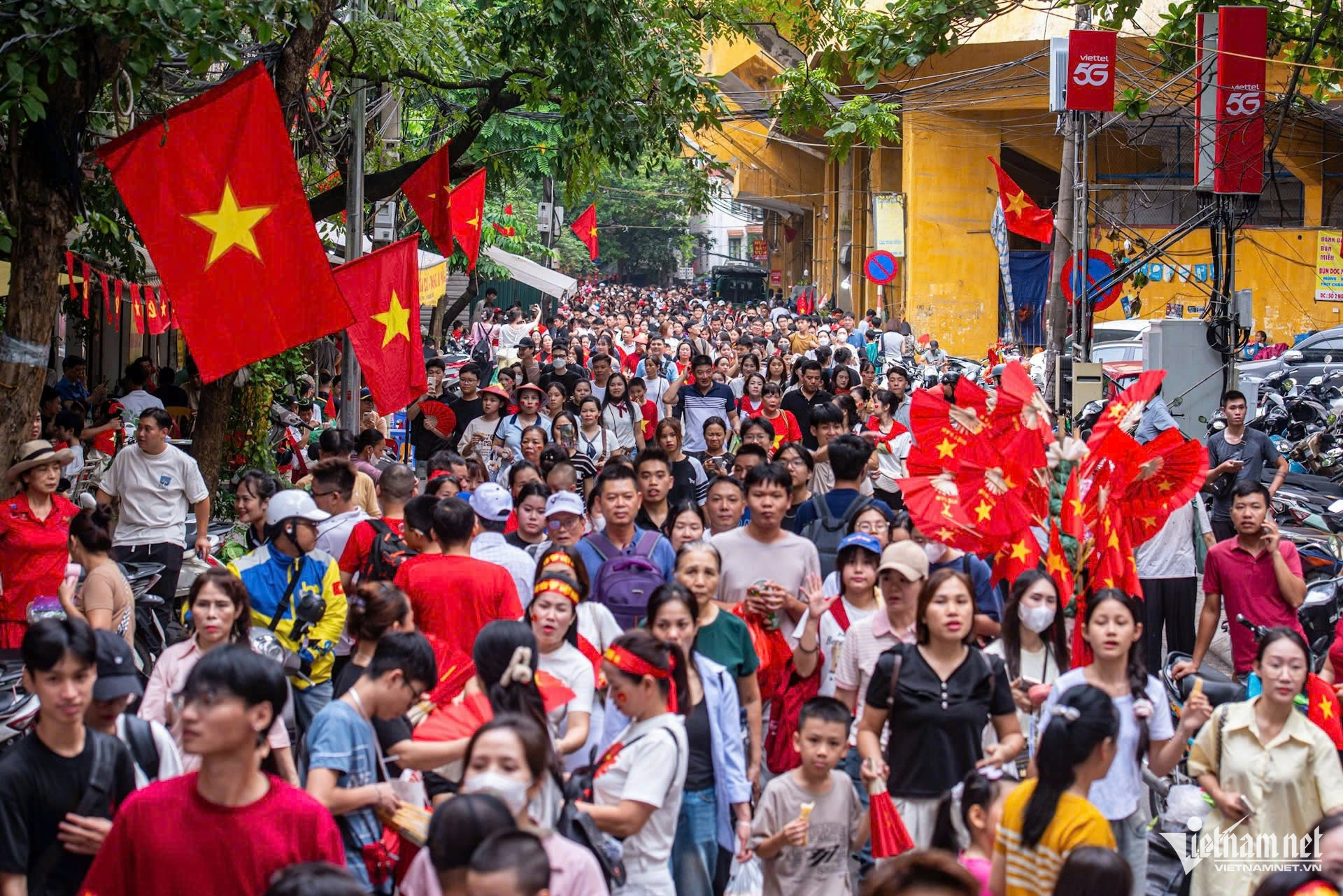
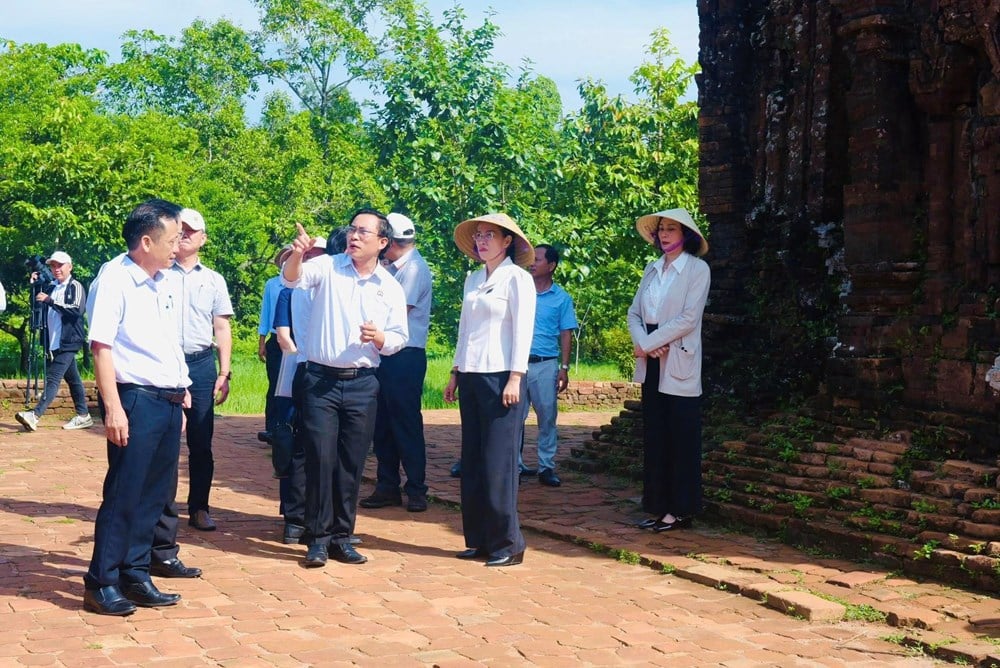

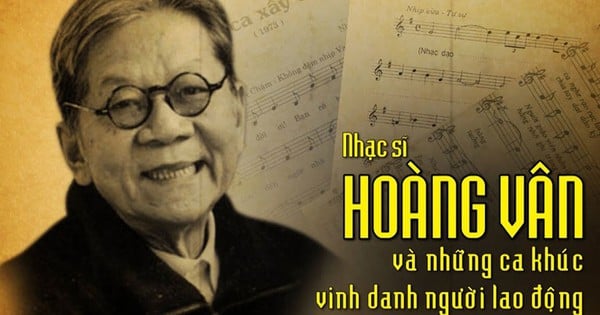

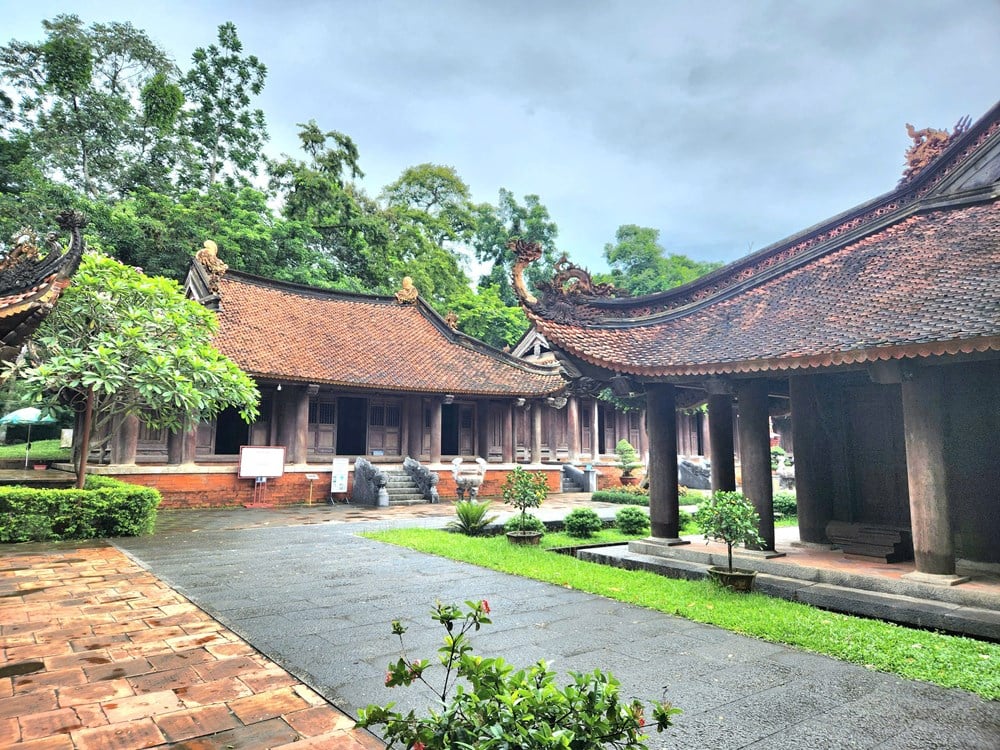
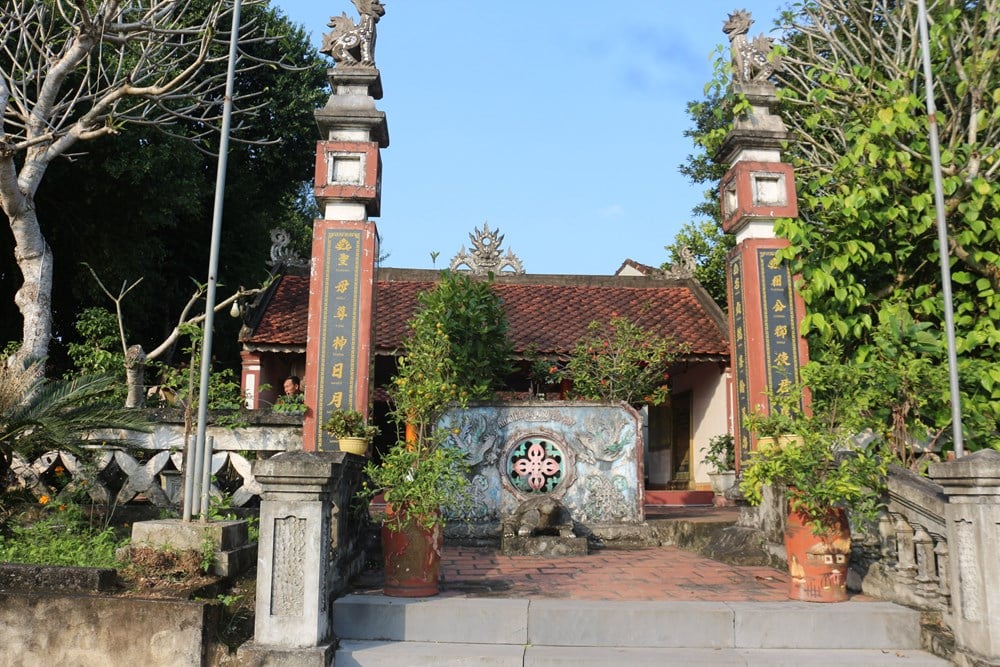
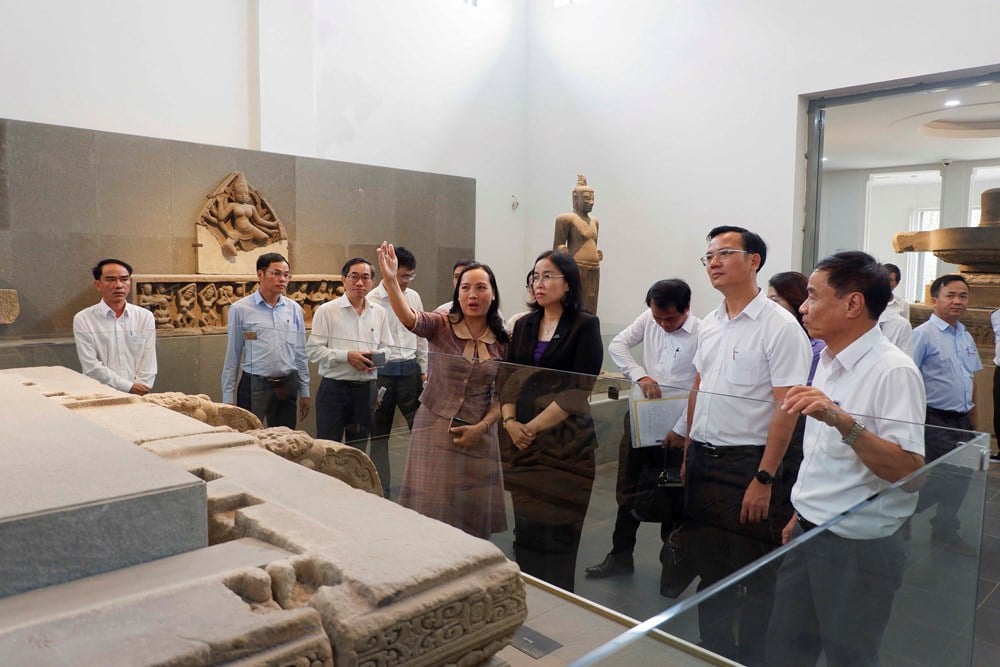
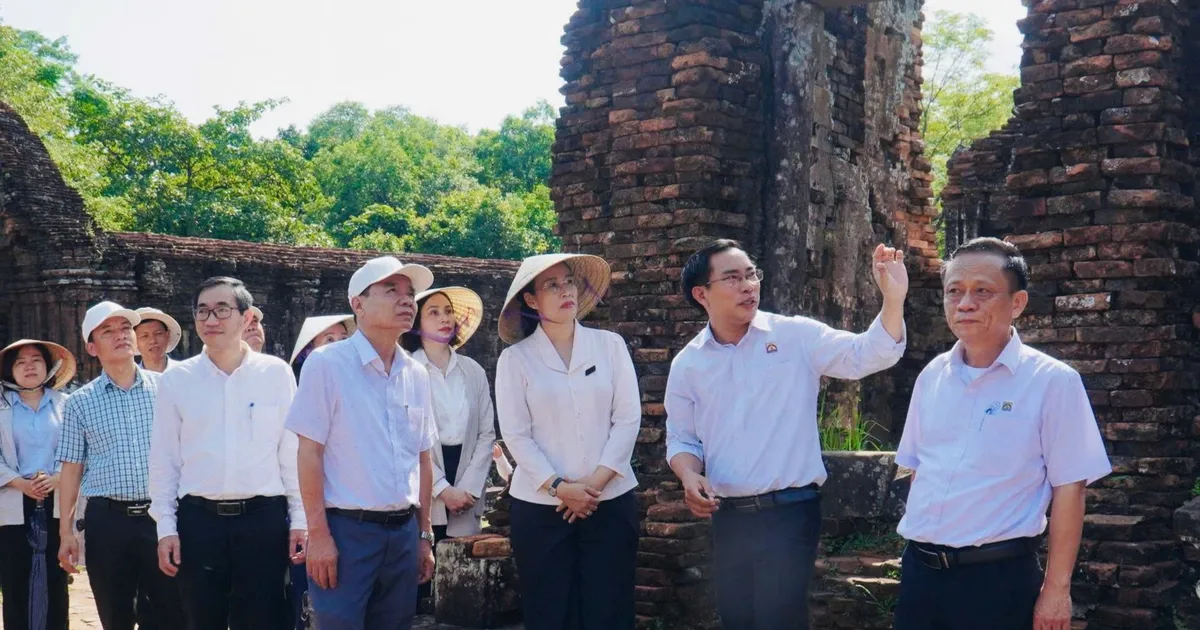



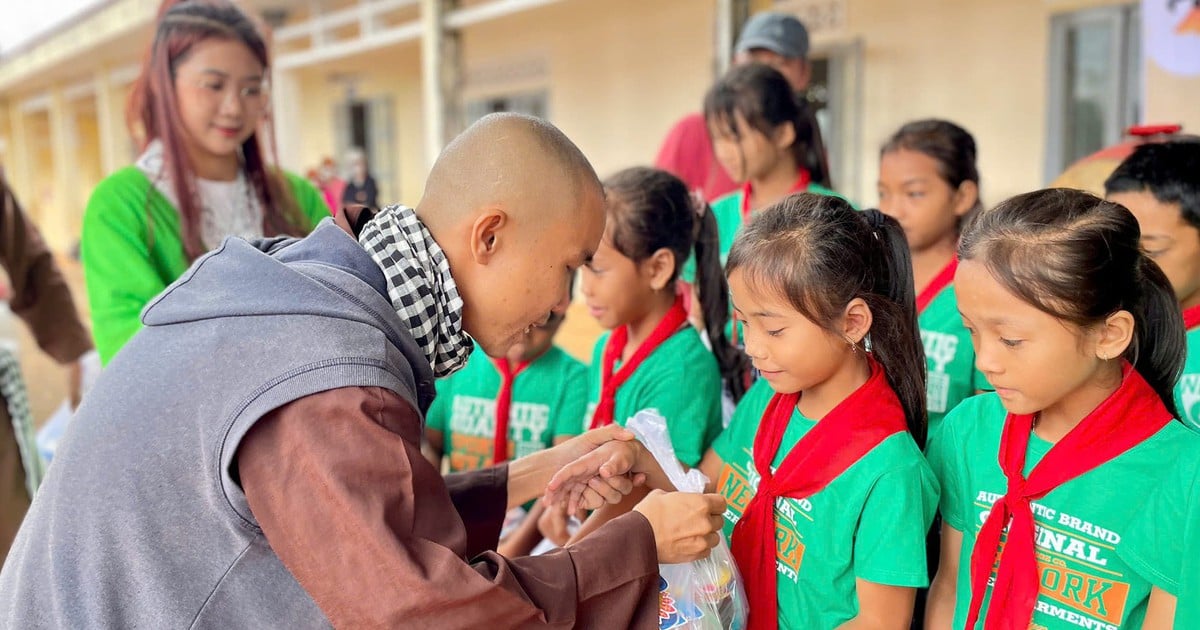




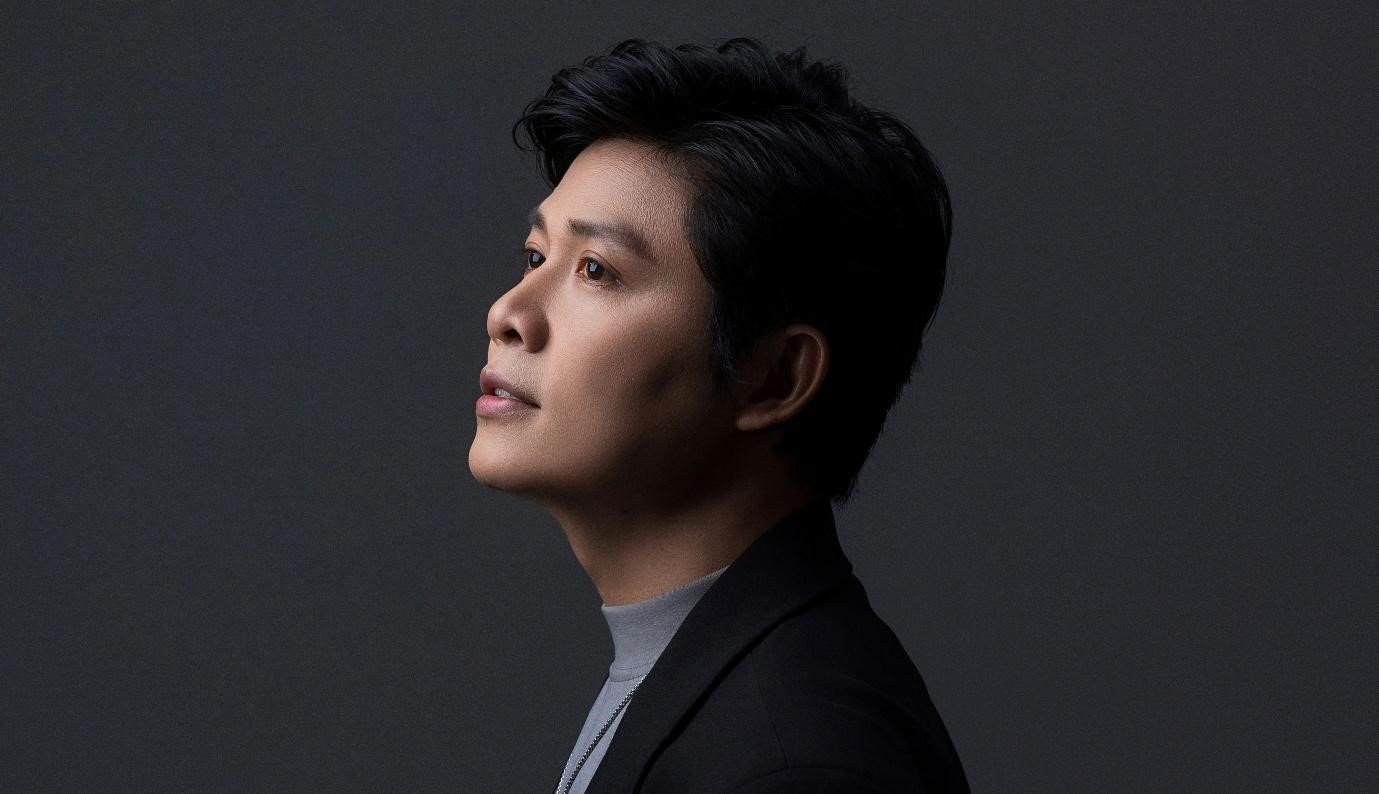

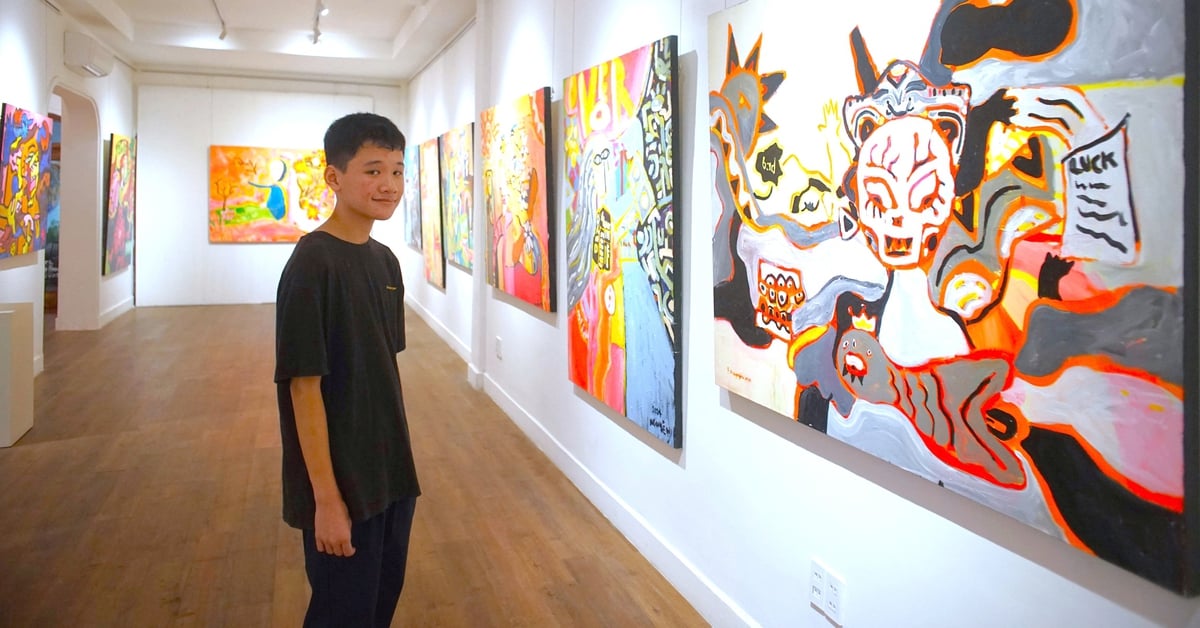

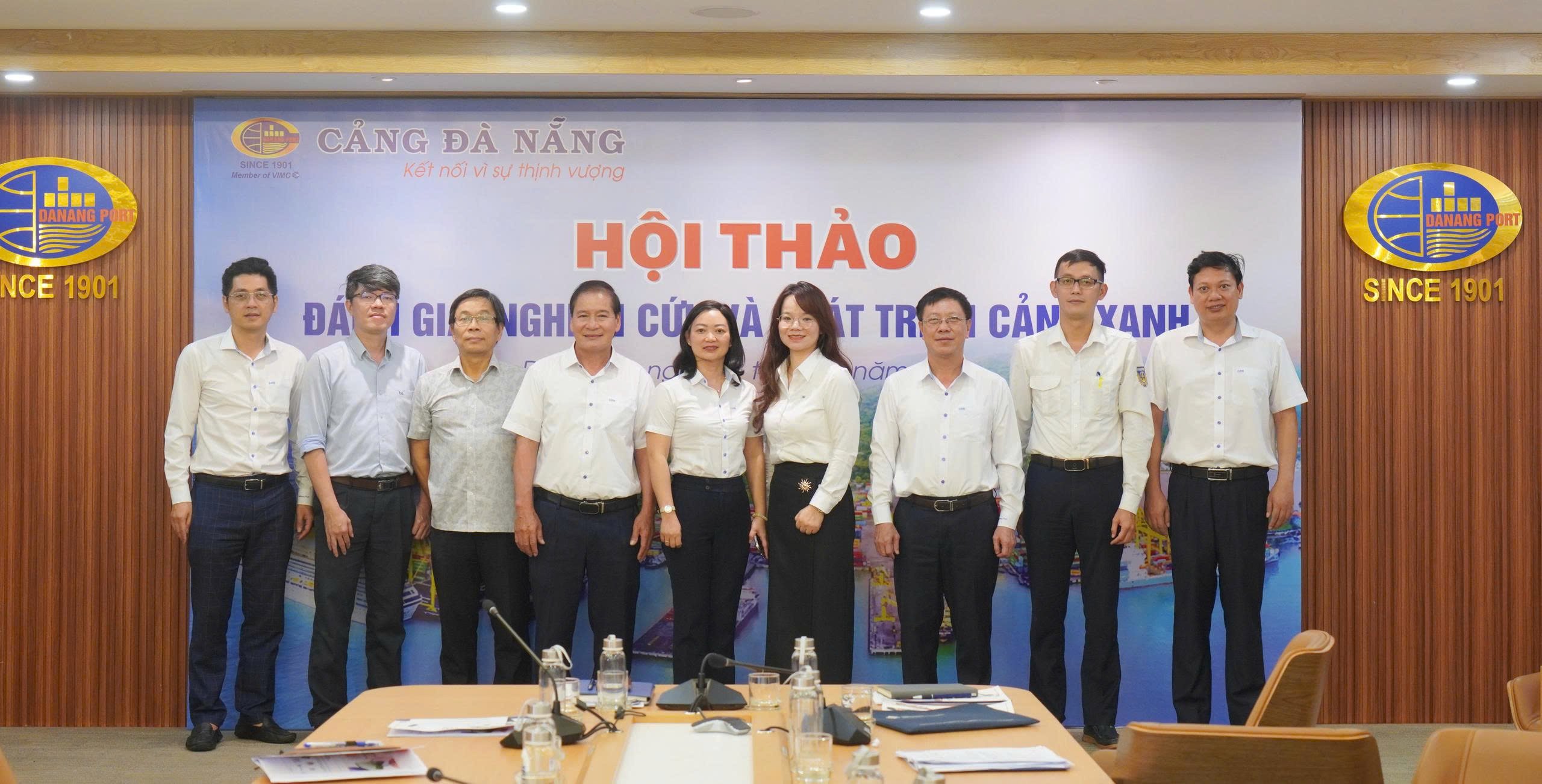





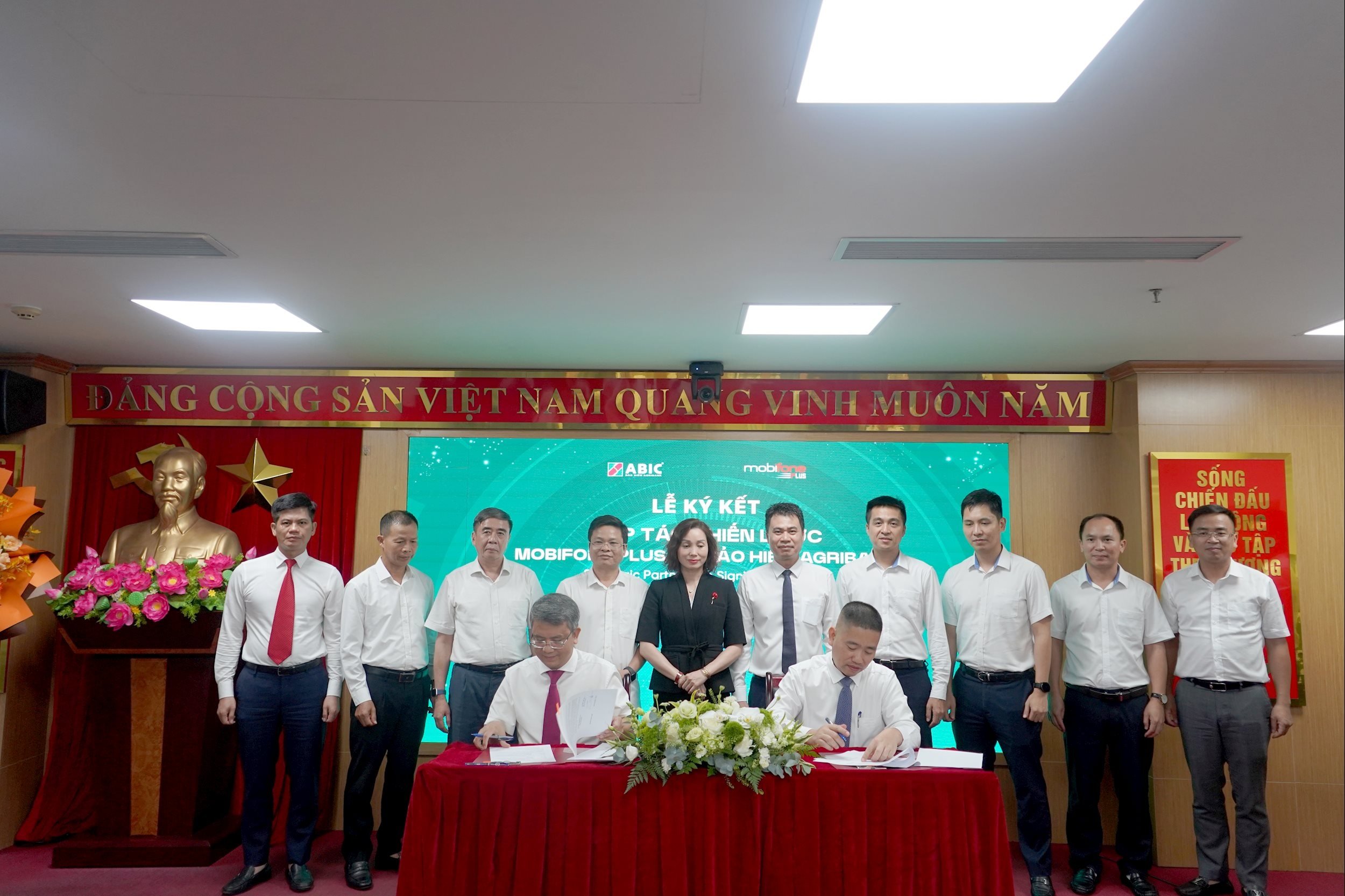



![[Photo] Politburo works with the Standing Committee of Hanoi Party Committee and Ho Chi Minh City Party Committee](https://vstatic.vietnam.vn/vietnam/resource/IMAGE/2025/8/21/4f3460337a6045e7847d50d38704355d)

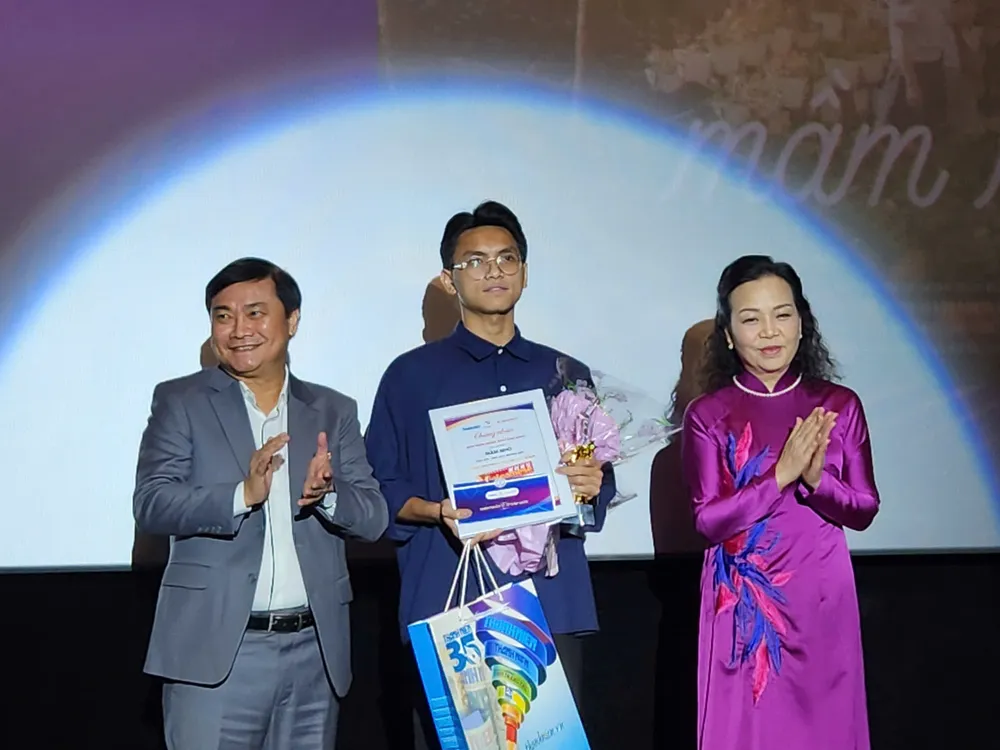






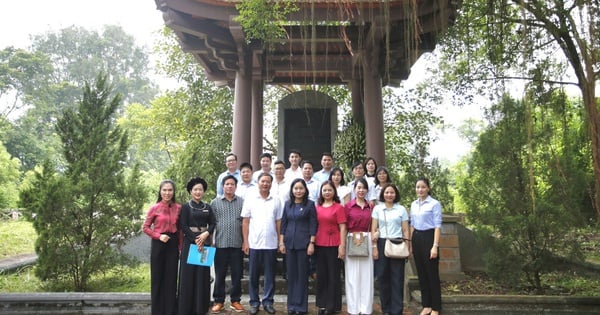
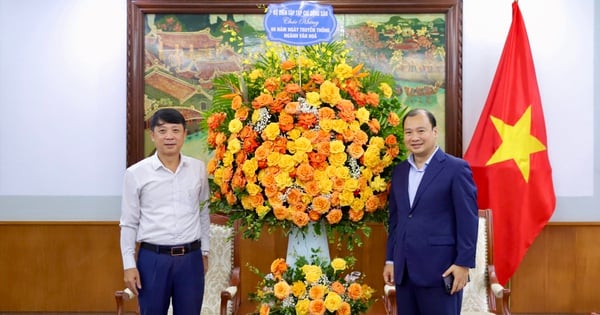







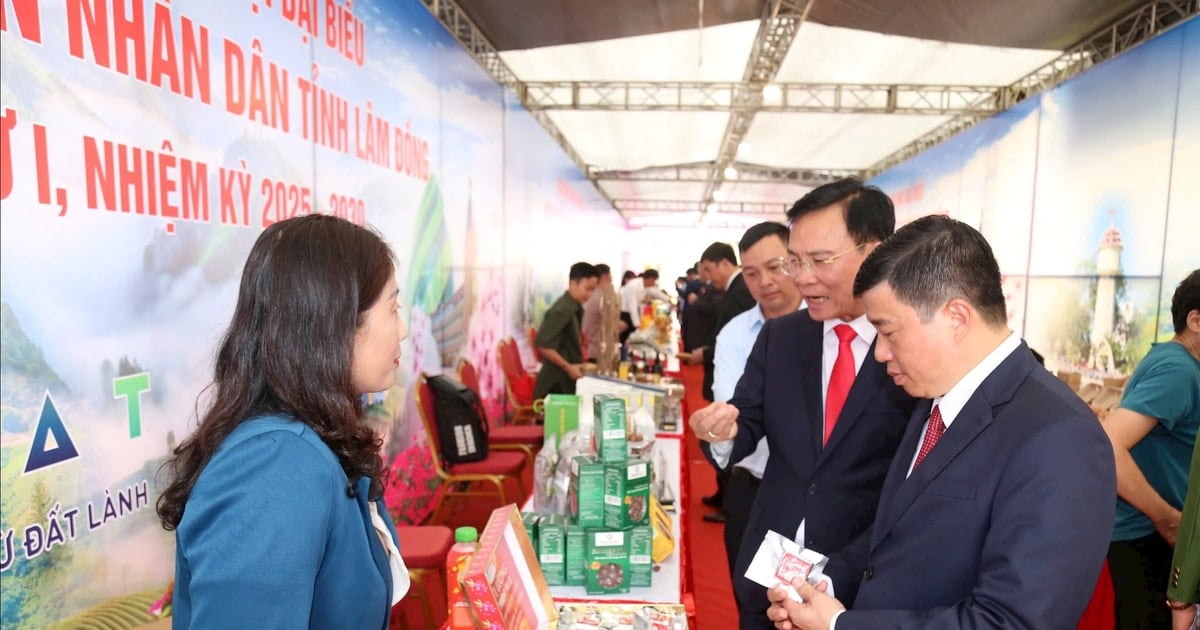








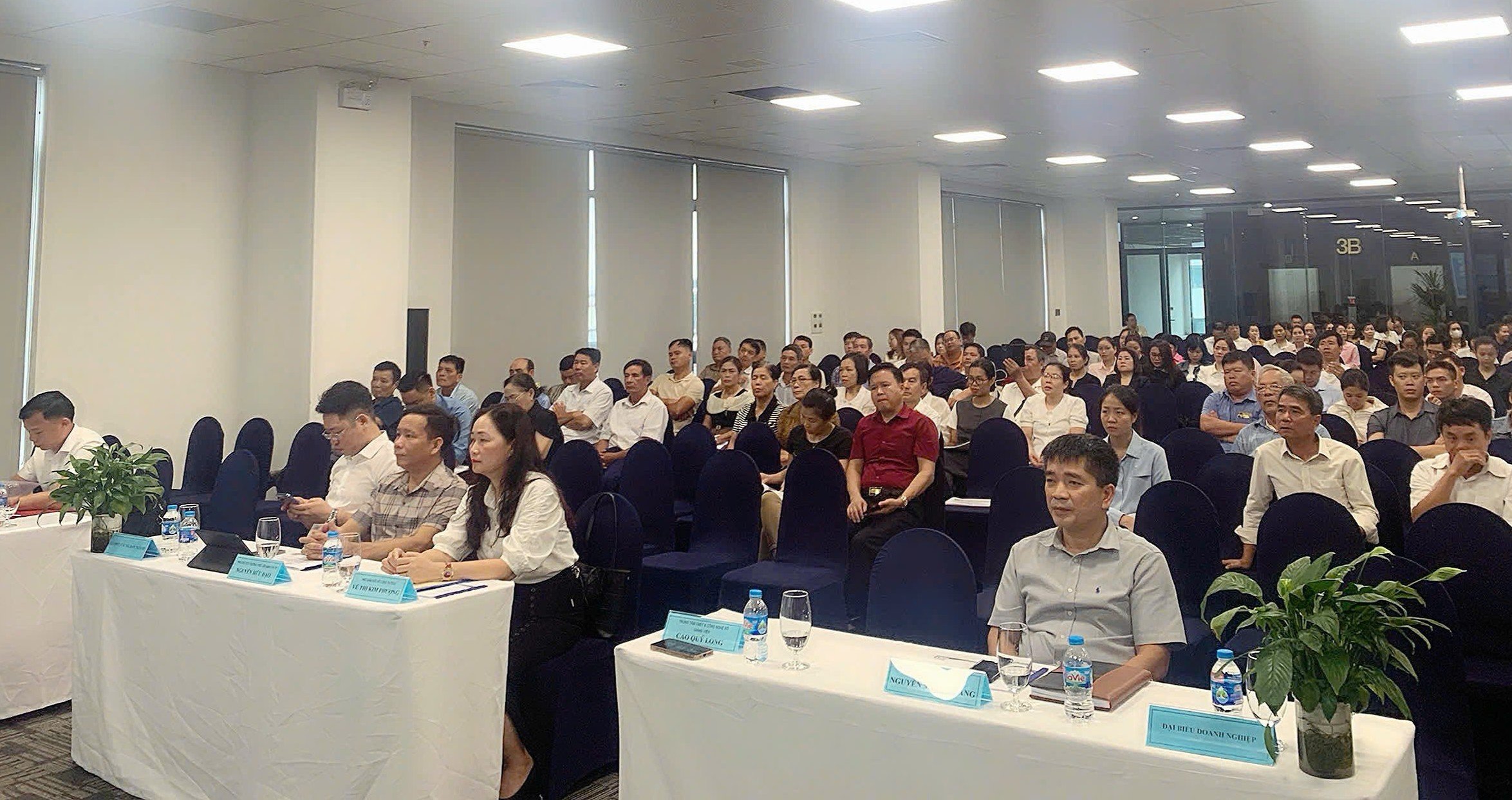






Comment (0)